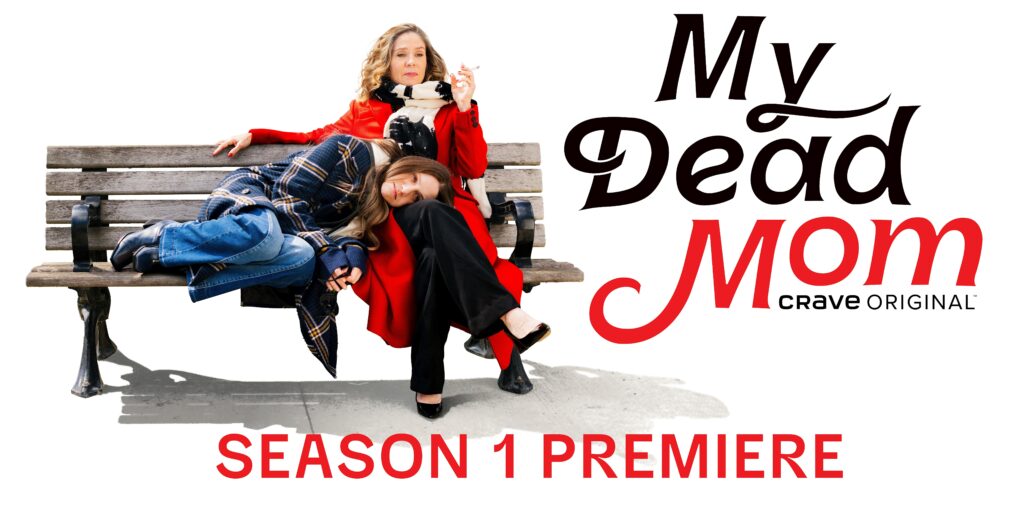Contact
Lauren Newman
info@laurennewmanphotos.com
Based in London, U.K
| Toronto, Canada
Available, Worldwide
Film & Television Unit Stills Photographer
Credits on IMDB: Lauren Reine Newman
Lauren Newman is a London-based unit stills photographer, with over a decade of experience in the industry, both in the UK and Canada. She has a keen eye for detail, delivering visually engaging images that reflect the filmmakers’ artistry and vision. Along with establishing strong and trusting connections, Lauren's focus and commitment on set is evident with every production she documents, whether it be film or series.
A De Montford University graduate, Lauren received honors for her degree in Media, Film and Photography, where she was exposed to the world of stills photography & visual storytelling.
Some of her recent clients/credits include Warner Brothers, Paramount, ITV, HBO Max, CBC and Prime Video; with features such as “Darkest Miriam,” starring Britt Lower, and the heartfelt drama “You Gotta Believe,” with Greg Kinnear and Luke Wilson. Lauren was also the principal photographer for Season 4 of Canada’s Got Talent, with Howie Mandel, and has worked on TIFF nominated “The Swearing Jar,” starring Adelaide Clemens, Kathleen Turner, and Patrick J. Adams.
Outside of filming, Lauren enjoys spending time exploring England & Irelands' beautiful canals by boat, and trying out new dishes when family & friends gather.
.
How I Became a Unit Stills Photographer: A Personal Guide
Becoming a unit photographer in the film and Television industry can feel like a bit of a mystery. After all, your work can be publicized everywhere— posters, streaming services, social media, and magazine articles—but most people (even in the industry) won’t know this role exists. I know this firsthand, because when I tell people what I do, the most common response is, “I thought those pictures just came from the film?” In reality, it’s a stills photographer who captures those recognizable and synonymous images, helping bring the film’s identity to life before audiences view it. Actually, there’s been a stills photographer on film sets since 1915. If you’re interested in this fascinating and somewhat elusive role, here’s how I got started, along with what I’ve learned so far along the way.
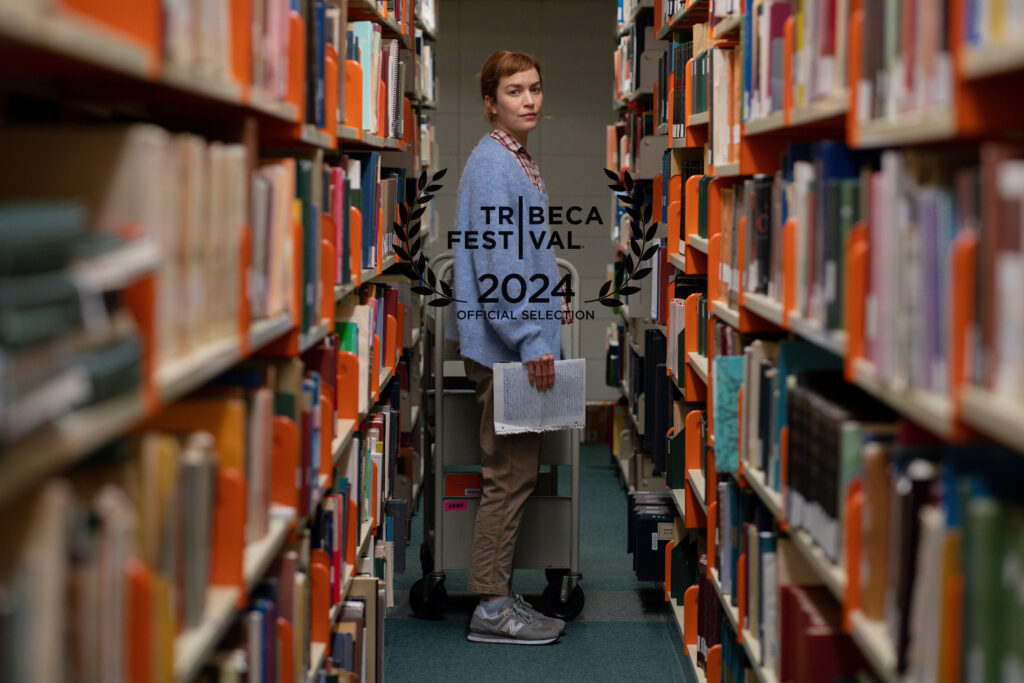
What is a On-set Photographer?
The photographer is responsible for capturing key images that will be used for the marketing and promotion of the film, TV show, or commercial set you’ve been hired on. These photos often appear in press kits, posters, streaming services (think, what you see before you click on your Netflix, Paramount, Prime program) and social media campaigns. Unlike screen grabs, which are taken directly from the film, the images we create are carefully composed to capture the essence of the production—whether it’s a dramatic shot of the cast, an important scene, or a carefully staged portrait.
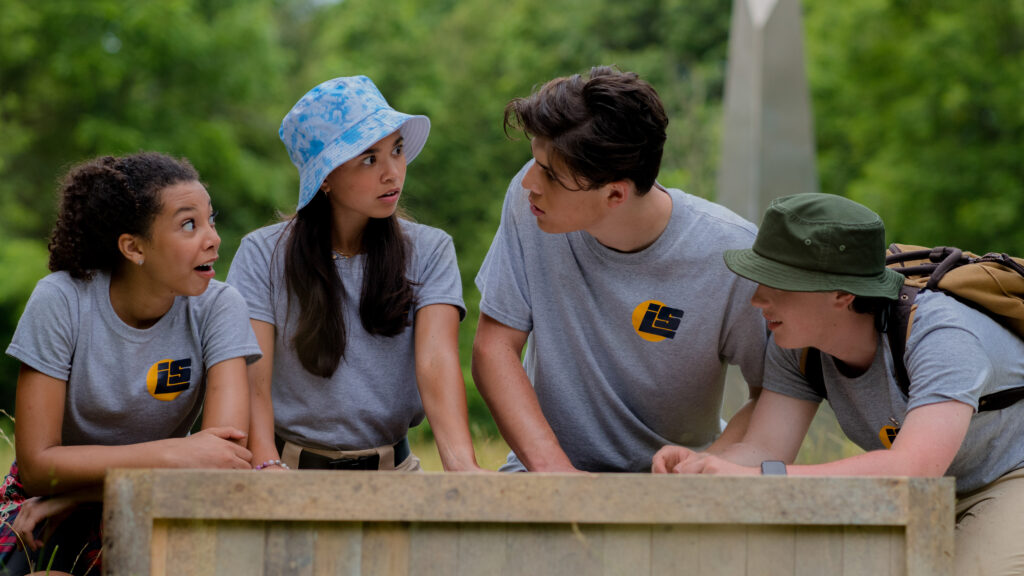
My Experience on Set
I’ve worked on many different types of sets, from independent to big-budget Films and TV shows, both in Canada (Toronto) and the UK (London). The job requires more than just snapping pictures; it’s about fitting into the fast-paced environment of a film set and getting the right shot at the right moment. As seasoned photographer Nicola Dove shared: “You need two things—patience and persistence. Actually, you need a few more qualities too, like good timing, calmness, and a thick skin—but patience and persistence are the core.”

Early in my career, I spent a lot of time working on small budget films, just to get my foot in the door. That’s a reality many of us face when starting out—there’s a lot of grunt work, but the payoff is getting real-world experience on set and building your portfolio.
I’ve had to be quick on my feet, capturing scenes during rehearsals or between takes. Every shoot is different, but you quickly learn to read the rhythm of the set and understand when to step in and get that perfect shot.
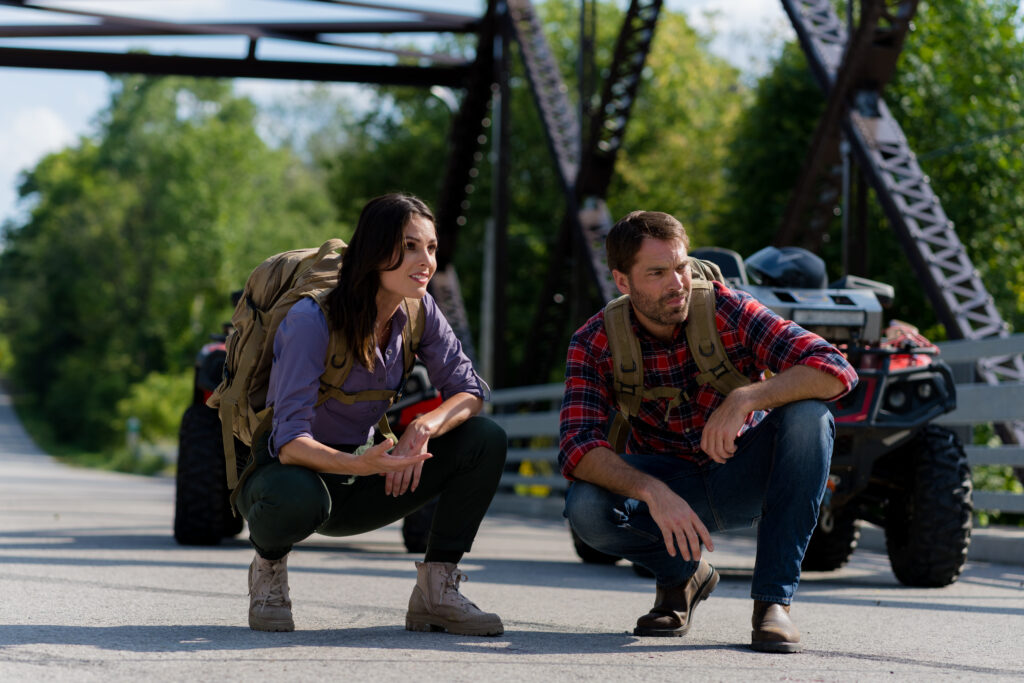
What Skills Do You Need?
Being a on-set photographer isn’t just about knowing how to use a camera. It requires a mix of technical skill, creativity, and the ability to work under pressure. On set, things move fast, and you often don’t have the luxury of perfect lighting or time to carefully stage your shots. You have to work with whatever the cinematographer gives you, and make it work.
Bruce Bisbey broke it down well: “The photographer works closely with the director and cinematographer to ensure that each take can be photographed without interference to filming and often depends on the cooperation of the grips, boom operators, camera assistant, and camera operator to allow her space to work. It is preferable to capture scene stills during the take, but when necessary, the stills photographer can arrange for scenes to be posed with the cast.”
One thing I’ve learned through experience is that it’s essential to know how to work with the lighting already set up by the director of photography and gaffer.
Another key part of the job is working well with the cast and crew. You have to be personable, respectful, and sometimes even a bit of a chameleon, adjusting to the set’s vibe and blending in as much as possible. People skills are a huge asset.
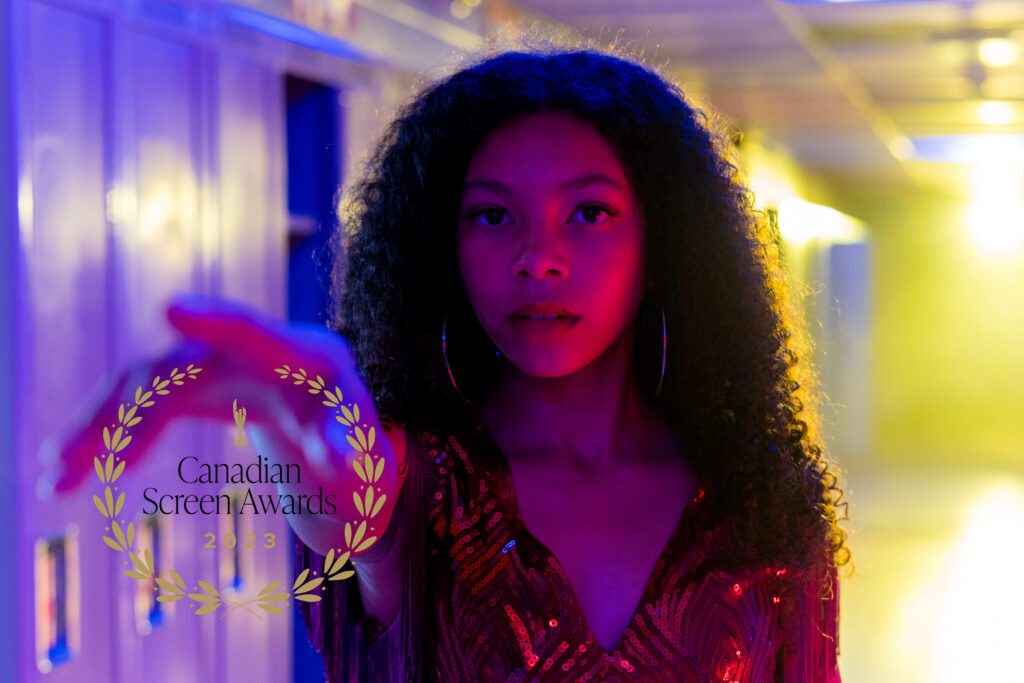
Building Your Portfolio and Network
Building a strong portfolio is probably the most important thing you can do when starting out. For me, it wasn’t enough to just take pictures—I had to understand the kind of images that would help sell the film. It’s a mix of capturing moments that feel true to the film’s essence, while also creating images that work for press and promotional materials.
I started by volunteering on student films and independent projects, using those opportunities to refine my technique and create a body of work I could be proud of. Networking also played a massive role. Early on, I made a point to connect with publicists, producers, and other photographers. It’s about being visible and making sure people know what you do. Your reputation as a photographer grows as you develop relationships in the industry.
As photographer Michael Becker puts it: “Getting on a film set is a huge part of it. And once you’re there, it’s about having great shots, but more importantly, understanding what the production’s publicist is looking for to market the film.”

The Challenges and Rewards
Being a set photographer isn’t easy. There are long days, often on your feet, trying to capture the perfect shot while working in a fast-paced, high-pressure environment. Sometimes you’re given minimal direction or time, but that’s part of the job. I’ve had to get used to the hustle, and most importantly, staying calm under pressure.
But the rewards are worth it. There’s something incredibly satisfying about seeing your work showcased in promotional materials or knowing that your photos are helping a film or show connect with audiences worldwide. As Bruce Bisbey once noted, “The photographer’s role is critical in creating that image that will make people stop scrolling, pause, and click. We don’t just make images; we make impressions.”
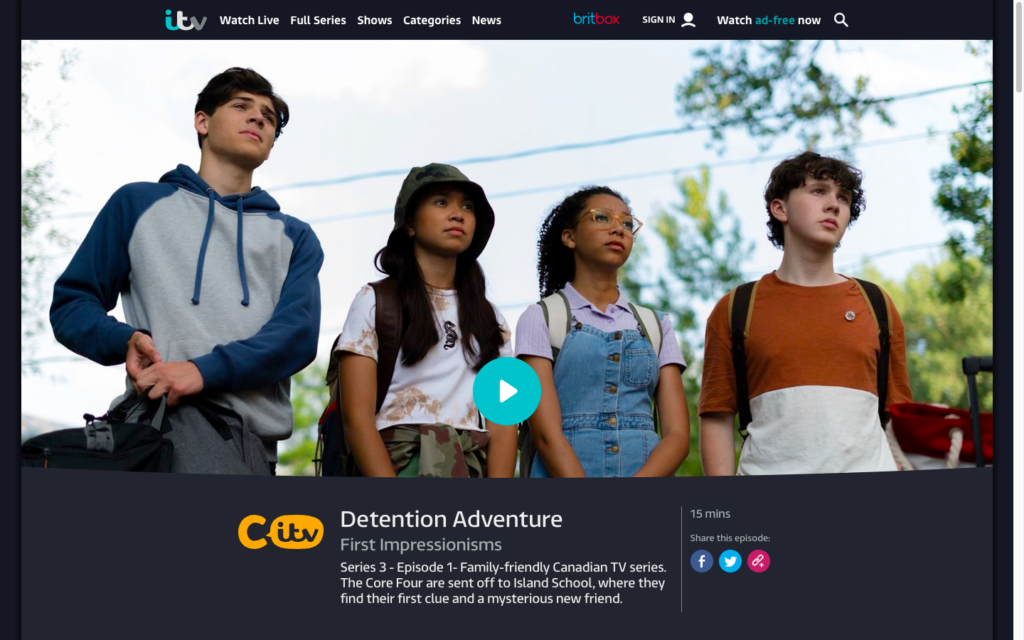
Final Thoughts
So, if you’re thinking about becoming an on-set photographer, my advice is simple: be patient, be persistent, and most of all, be ready to work hard. It takes time to build a reputation and get on bigger sets, but with the right combination of skills, relationships, and timing, the rewards are worth it. Remember, every shot you take is part of a much bigger story—one that will be remembered long after cut is called.
